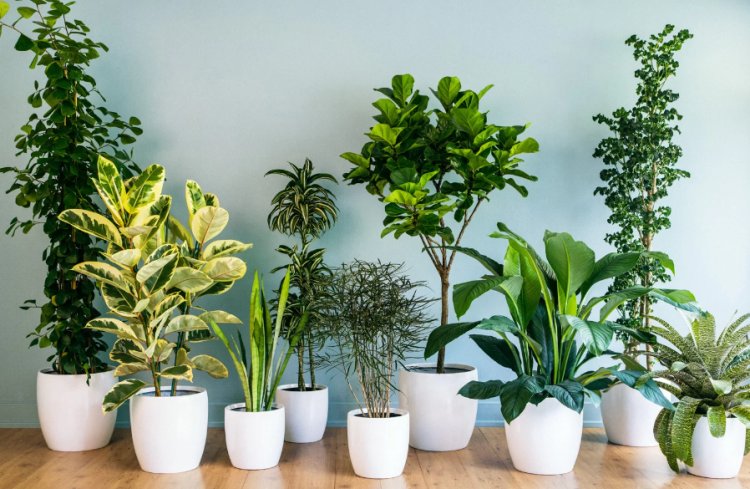8 Air-Purifying Indoor Plants for Healthier Living Spaces
Clean air is essential for good health. Discover 8 indoor plants that not only beautify your space but improve air quality and your overall wellbeing
Have you ever wondered why, whenever you walk into a room filled with lush, green plants, and when you breathe in deeply, you begin to feel an immediate sense of calm and rejuvenation? This isn't just the effect of a well-decorated room; it's science at work. Indoor plants, beyond their aesthetic value, play a crucial role in improving our living spaces' air quality and, consequently, our well-being. But how significant is this impact? And what types of plants offer these benefits? We aim to explore these questions, shedding light on the symbiotic relationship between humans and plants within indoor environments. But first, allow me to introduce myself.
As the founder of NourishNetBlog, my journey spanning three decades in public health education has been a rich bouquet of diverse experiences. Along this path, I've encountered individuals from all walks of life, each with compelling health narratives. With a lifelong commitment to researching ailments, devising prevention strategies, and disseminating knowledge, I established NourishNetBlog—a platform driven by these core values to foster awareness and advocate for well-being. Rather than waiting for conditions to escalate to a treatment threshold, my mission has always been to educate, prevent, and empower. Echoing the sentiment underscored by the World Health Organization in their 2002 report, 'Reducing Risks, Promoting Healthy Life,' where 70% of human afflictions were deemed preventable, I endeavor to journey alongside my readers, empowering them to enrich their lives and health. Through my contributions to NourishNetBlog.com, I aim to furnish invaluable insights that elevate your well-being. But enough about me; let's delve into the 7 signs of hormonal imbalance women often ignore, shall we?
Recommendation: Buy One Of These 2024 Top Rated Air Purifiers For Your Home(Click Here!)
The adoption of indoor air-purifying plants varies across different demographics due to factors such as awareness, lifestyle, living conditions, and cultural preferences. While some individuals prioritize indoor plants for their aesthetic appeal, others may recognize their air-purifying benefits and incorporate them into their indoor environment for health reasons.
In recent years, there has been growing awareness of the importance of indoor air quality and the role that plants can play in purifying indoor air. As a result, certain demographics, such as environmentally conscious individuals, health-conscious families, and urban dwellers living in polluted areas, may be more inclined to adopt the practice of using air-purifying plants in their homes and workplaces.
Additionally, demographics such as young families with children or individuals with respiratory conditions may be particularly motivated to use air-purifying plants to create a healthier indoor environment. Research has shown that indoor air pollutants can have adverse effects on respiratory health, exacerbating conditions such as asthma and allergies. By incorporating air-purifying plants into their indoor spaces, these demographics can help reduce indoor air pollutants and improve air quality, thereby promoting better respiratory health for themselves and their families.
Read More: Managing Sinus Congestion with Natural Remedies
Increasing awareness of the advantages of using air-purifying plants is essential for encouraging broader adoption of this practice across all demographics. Some of the key benefits of indoor air-purifying plants include the removal of Indoor Air Pollutants: Indoor air-purifying plants can help remove common indoor air pollutants such as formaldehyde, benzene, xylene, and toluene, which are emitted by household products, furniture, and building materials; Improved Indoor Air Quality: By absorbing carbon dioxide and releasing oxygen, indoor plants can help improve indoor air quality, making indoor spaces more pleasant and healthier to inhabit; Enhanced Well-Being: Research has shown that exposure to indoor plants can have positive effects on mental health and well-being, reducing stress, anxiety, and fatigue, and promoting a sense of calm and relaxation.; Increased Productivity and Concentration: Studies have found that the presence of indoor plants in work and study environments can enhance productivity, concentration, and cognitive function, leading to better performance and satisfaction, Natural Decor: In addition to their air-purifying benefits, indoor plants can enhance the aesthetics of indoor spaces, adding a touch of nature and beauty to homes, offices, and public places.
By increasing awareness of these advantages, individuals from all demographics can make informed decisions about incorporating air-purifying plants into their indoor environments, leading to healthier, more enjoyable living and working spaces. Educational initiatives, public awareness campaigns, and access to information about suitable plant species and care tips can help empower people to take proactive steps toward improving indoor air quality and promoting overall well-being.
Plants have been recognized for their air-purifying abilities since a landmark NASA study in the late 20th century, which found that certain indoor plants can remove toxic agents from the air. Dr. Bill Wolverton, an environmental scientist who led the study, stated, "Indoor air pollution is one of the greatest threats to public health of any environmental problems." Another supportive voice, Dr. Tanya Edwards, director of the Center for Integrative Medicine, echoes the sentiment, noting that "patients who have incorporated plants into their living spaces report significant improvements in their physical and mental health."
In this piece, we'll dive into the specifics of how indoor plants can enhance air quality and overall well-being, backed by my extensive experience and current scientific research. I invite you to join me on this verdant journey. What do you think about the impact of indoor plants on air quality and health? Share your thoughts in the comment section below.
Key Objectives of this Article
In this exploration of indoor plants and their impact on air quality and well-being, we aim to achieve several key objectives that will guide our journey through the lush world of botanic air purifiers. Here's what we're setting out to accomplish:
- Understanding the Science Behind Air Purification by Plants: We'll delve into the mechanics of how plants purify air, focusing on the process of photosynthesis, and how it contributes to reducing pollutants and improving air quality.
- Identifying the Top Indoor Plants for Air Quality Improvement: This section will introduce the eight most effective indoor plants for air purification, as identified by research and studies, including specifics on what types of pollutants each plant is best at filtering out.
- Exploring the Health Benefits of Improved Air Quality: Beyond cleaner air, we'll examine the broader health implications, from reduced headaches and respiratory symptoms to improved mood and cognitive function, supported by data and studies.
- Practical Tips for Integrating Plants into Indoor Spaces: Here, we'll offer advice on how to choose the right plants for different types of living spaces, considering factors like light, humidity, and space constraints.
- Addressing Common Concerns and Myths About Indoor Plants: Lastly, we'll tackle some of the frequently asked questions and misconceptions surrounding indoor plants, such as care difficulties and the myth of plants "stealing" oxygen at night.
By covering these objectives, we aim to provide a comprehensive guide that not only enlightens but empowers you to make informed decisions about incorporating indoor plants into your life for better health and well-being.
What do you think about these objectives? Are there any specific areas you're particularly excited to learn more about? Share your thoughts in the comment section.
Understanding the Science Behind Air Purification by Plants
At the heart of our discussion on indoor plants and air quality is a fundamental biological process: photosynthesis. This process, which plants use to convert light into energy, is not just crucial for their survival but is also a key player in purifying the air we breathe. During photosynthesis, plants absorb carbon dioxide and release oxygen, but that's not all—they also take in various pollutants present in the air.
The concept of plants as air purifiers gained significant attention from the NASA Clean Air Study in the late 1980s. The study found that certain indoor plants could remove toxic agents such as benzene, trichloroethylene, and formaldehyde from the air, effectively acting as natural air purifiers. This happens through a process where air pollutants are absorbed through the leaves and roots of plants and either stored or converted into less harmful substances.
The implications of these findings are profound, especially considering the Environmental Protection Agency's (EPA) warning that indoor air can be two to five times more polluted than outdoor air, primarily due to volatile organic compounds (VOCs) emitted by paints, furnishings, and building materials. Dr. Wolverton, the lead researcher of the NASA study, emphasizes, "Plants take substances out of the air through the tiny openings in their leaves, but research in our lab has determined that plant leaves, roots, and soil bacteria are all important in removing trace levels of toxic vapors."
Another study, published in the Journal of the American Society of Horticultural Science, reported that plants could reduce indoor dust by up to 20%. This reduction in particulate matter is crucial for individuals with respiratory issues, as it can lead to significant improvements in air quality and health.
Integrating plants into indoor environments can contribute to a healthier living space by reducing pollutants and enhancing air quality. This not only benefits our physical health by improving respiratory conditions and reducing the risk of headaches, dizziness, and eye irritation but also has positive effects on mental well-being, including stress reduction and improved mood and concentration.
Now, what do you think about the science of plants as natural air purifiers? Have you noticed improvements in your living spaces with plants? Feel free to share your thoughts in the comments.
Identifying the Top Indoor Plants for Air Quality Improvement
In our journey to create healthier living spaces with the help of indoor plants, identifying the right green companions is key. Here's a closer look at eight plants celebrated for their air-purifying abilities, based on research and practical experience. Each of these plants not only contributes to a cleaner environment but also adds beauty and life to your home.
- Spider Plant (Chlorophytum comosum): Known for its resilience and easy care, the spider plant excels at absorbing toxins such as formaldehyde and xylene. It's an excellent choice for those new to indoor gardening, thriving in indirect sunlight and requiring minimal maintenance.
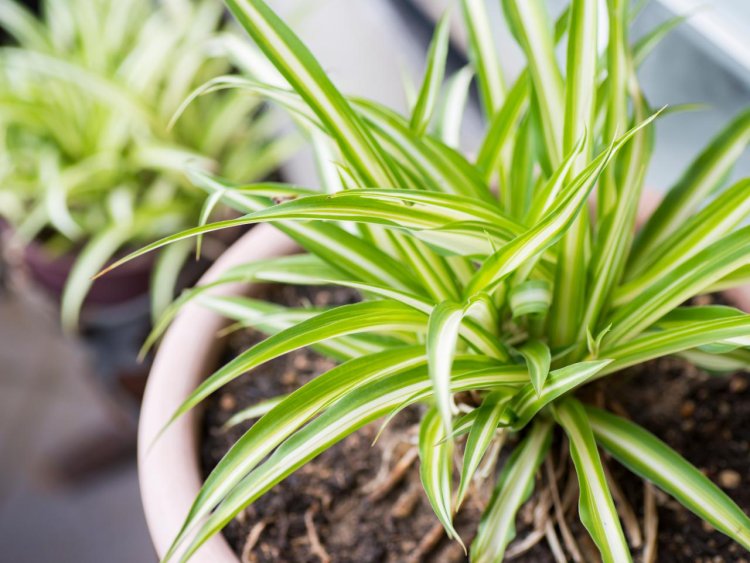
- Snake Plant (Sansevieria trifasciata): Also known as mother-in-law's tongue, this hardy plant is among the best for filtering out formaldehyde, commonly found in cleaning products and personal care items. Snake plants are unique in their ability to release oxygen at night, making them ideal for bedrooms.
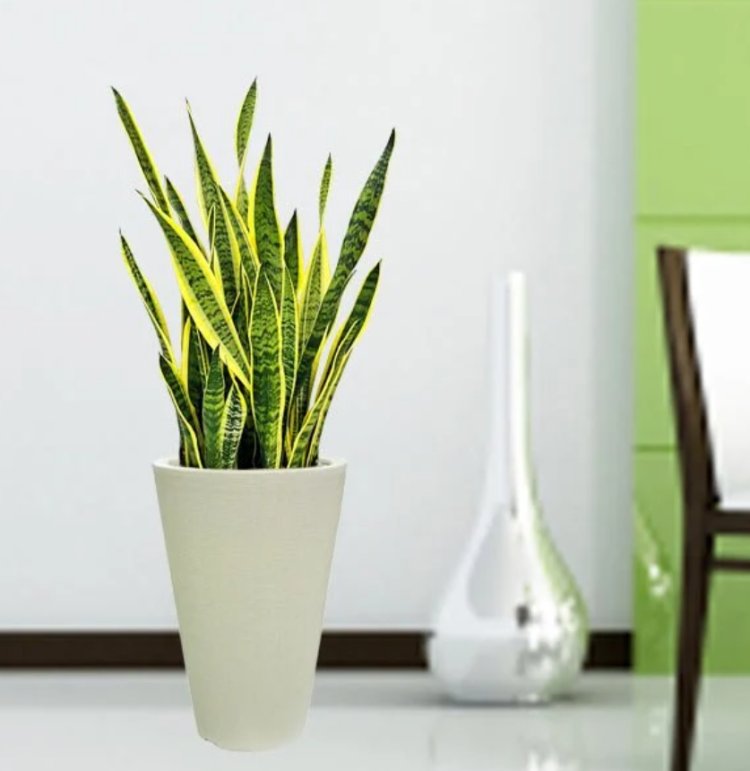
- Peace Lily (Spathiphyllum): With its elegant white blooms, the peace lily goes beyond beautifying your space—it also removes harmful toxins like ammonia, benzene, formaldehyde, and trichloroethylene. Peace lilies prefer shade and need little water, making them suitable for rooms with less natural light.
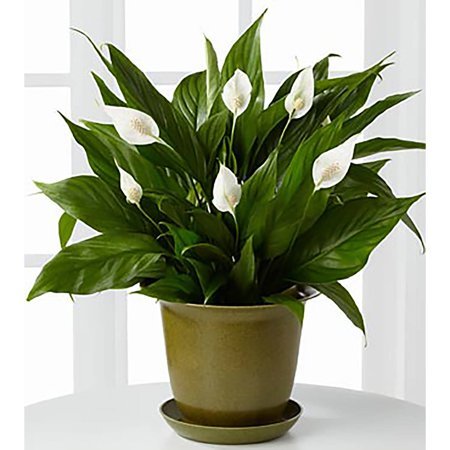
- Rubber Plant (Ficus elastica): This plant is not only visually striking but also effective at cleaning the air of formaldehyde. It's a bit more demanding in terms of care, preferring indirect, bright light and regular watering to keep the soil moist.
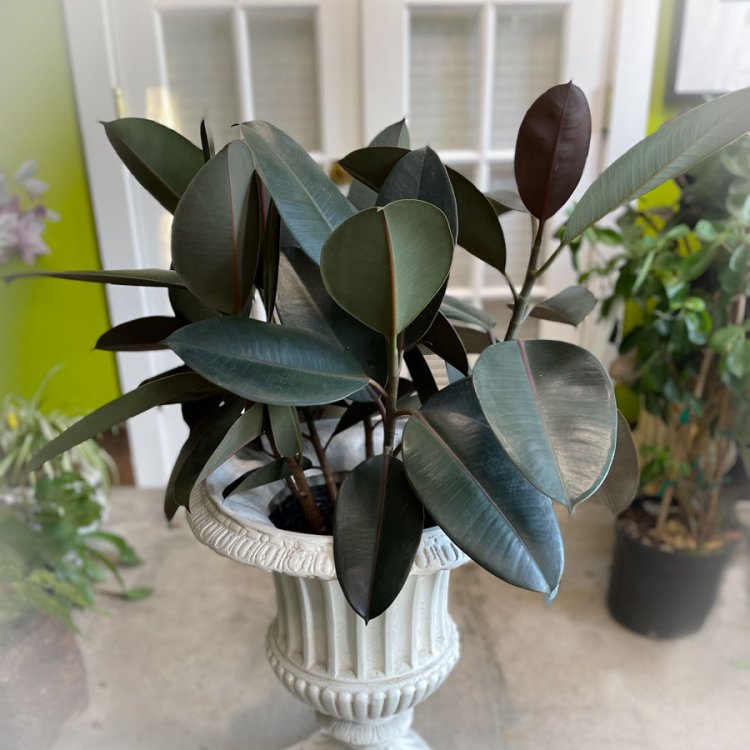
- Boston Fern (Nephrolepis exaltata): Renowned for its lush, feathery fronds, the Boston fern is a natural humidifier and can help to restore moisture in the air, making it beneficial for those suffering from dry skin or respiratory problems. It's best placed in a cool location with high humidity and indirect light.
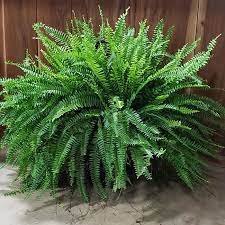
- Bamboo Palm (Chamaedorea seifrizii): This plant is a champion at filtering out benzene and trichloroethylene. It thrives in bright, indirect light and can add a tropical feel to any room.
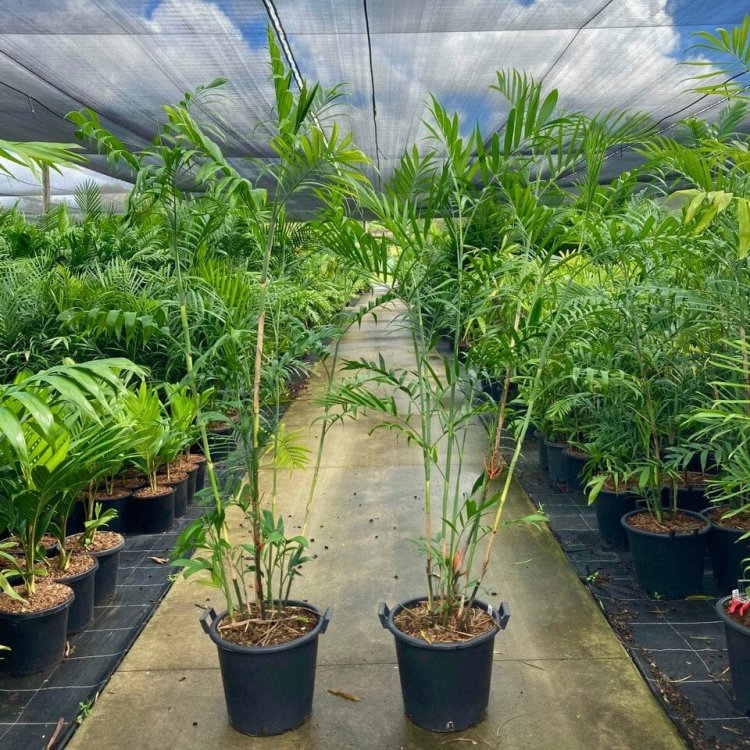
- Aloe Vera: Beyond its healing properties for cuts and burns, aloe vera is effective at removing formaldehyde and benzene from the air. It's best kept in a sunny kitchen window.

- English Ivy (Hedera helix): This versatile plant reduces airborne fecal-matter particles as well as formaldehyde, making it a practical addition to any room. It requires four or more hours of direct sunlight each day.
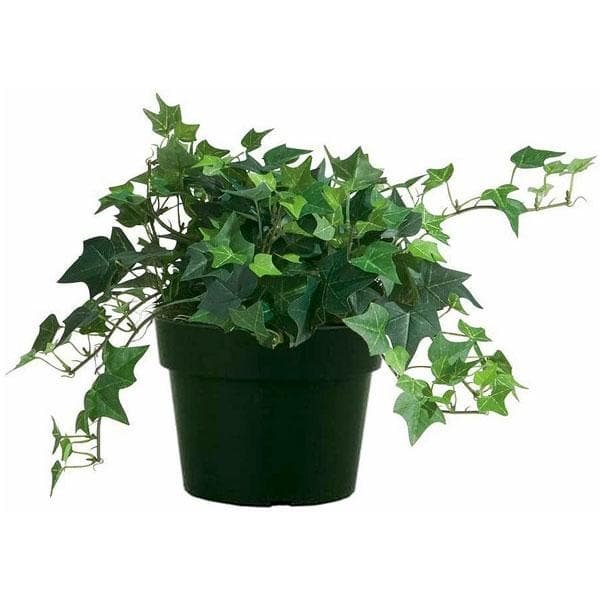
Incorporating these plants into your indoor spaces can significantly improve air quality while also enhancing your home's aesthetics. It's a simple, natural way to promote a healthier living environment.
What are your thoughts on these plants? Have you used any of them in your home to improve air quality? I'd love to hear about your experiences in the comments.
Exploring the Health Benefits of Improved Air Quality
The presence of air-purifying plants in indoor spaces extends beyond mere aesthetics or the novelty of indoor gardening. The real value lies in the tangible health benefits they bring into our lives. Let’s delve into how these benefits manifest, supported by data and studies from reputable health organizations.
Reduced Respiratory Issues and Allergies
Indoor plants can play a significant role in lowering the concentration of CO2 and increasing humidity levels, which in turn can help reduce the prevalence of dry air that exacerbates respiratory conditions and allergies. A study by the American Society for Horticultural Science noted a decrease in dry skin, colds, sore throats, and dry coughs with the introduction of indoor plants. The reduction of dust and allergens, as plants act as natural filters, also contributes to this benefit.
Enhanced Mental Wellbeing
The psychological benefits of interacting with nature, a concept known as biophilia, suggest that incorporating elements of the natural world into our daily lives can significantly improve mental health. Research published in the Journal of Environmental Psychology found that indoor plants could reduce stress and fatigue, improve mood, and enhance concentration and productivity. This connection to nature can foster a sense of well-being and tranquility, crucial in today’s fast-paced world.
Improved Sleep Quality
Specific plants, such as the snake plant and lavender, have been identified for their ability to improve air quality and promote better sleep patterns through the release of oxygen at night and the reduction of anxiety-inducing pollutants. A study from the University of Wolverhampton found that having plants in one's bedroom could contribute to a more restful sleep, thanks to their air-purifying and calming effects.
Boosted Cognitive Function
The presence of plants and cleaner air can enhance cognitive function. A study by Harvard T.H. Chan School of Public Health observed significant improvements in cognitive performance in environments with higher ventilation rates and lower levels of pollutants, which plants can help achieve. This includes better concentration, increased attention, and higher levels of productivity, which are beneficial for both work and learning environments.
Increased Humidity and Comfort
Plants naturally transpire, releasing moisture vapor into the air, which can increase the humidity level of a room. This is particularly beneficial during dry months or in air-conditioned environments where dry air can lead to respiratory discomfort and irritation. A study conducted by the Agricultural University of Norway found that indoor plants could prevent dry skin, colds, sore throats, and dry coughs by maintaining a healthier indoor humidity level.
These health benefits underscore the importance of integrating indoor plants into our living and working spaces. Not only do they purify the air, but they also contribute to a holistic sense of well-being, touching every aspect of our physical and mental health.
What do you think about the connection between plants and health? Are there any particular experiences you’ve had that resonate with these findings? Share your thoughts and experiences in the comments below.
Practical Tips for Integrating Plants into Indoor Spaces
Incorporating indoor plants into your home or office isn’t just about selecting those with the best air-purifying abilities. It’s also about ensuring they thrive and continue to contribute positively to your environment. Here are some practical tips to help you integrate plants into your indoor spaces effectively:
- Assess Your Space:
- Light: Different plants require different levels of sunlight. Assess the natural light in your space and choose plants that will thrive in those conditions. For low-light areas, consider snake plants or peace lilies. For brighter spots, aloe vera or English ivy might be more suitable.
- Space: Consider the size of the area where you plan to place your plants. Larger plants like the rubber plant or bamboo palm need more room to grow, while smaller plants like the spider plant can fit in tighter spaces.
- Start with Easy-Care Plants: If you’re new to indoor gardening, start with plants that are known for their resilience and require minimal care, such as spider plants, snake plants, and pothos. This will help you build confidence and establish a routine before taking on more demanding plants.
- Understand Each Plant’s Needs: Each plant has unique requirements in terms of watering, feeding, and pruning. Make sure you understand these needs to keep your plants healthy. Overwatering is a common mistake, so ensure proper drainage and follow a regular watering schedule tailored to each plant’s needs.
- Increase Humidity for Tropical Plants: Plants like the Boston fern thrive in high humidity. You can increase humidity around these plants by placing them in a bathroom (if it gets enough light), grouping plants, or using a humidity tray.
- Purify Air in Key Areas: Place air-purifying plants in areas where you spend the most time, such as the living room, bedroom, and office. This maximizes your exposure to cleaner air. Remember, the more plants you have, the greater the air-purifying effect, but even a few plants can make a difference.
- Regular Maintenance: Keep your plants healthy by regularly checking for pests, dusting their leaves, and trimming any dead or yellowing leaves. Healthy plants are more effective at purifying air.
- Safety First: If you have pets or small children, research plants before bringing them into your home, as some may be toxic if ingested. Spider plants and bamboo palms are generally safe options.
Incorporating these tips into your indoor gardening efforts can not only enhance the air quality of your space but also ensure your plants live long, healthy lives, contributing to your well-being for years to come.
How do you feel about adding these green companions to your space? Are there any tips you’ve found particularly helpful in caring for indoor plants? I’d love to hear about your experiences in the comments section.
Conclusion
As we draw this verdant journey to a close, it's clear that the simple act of introducing indoor plants into our spaces can have profound effects not just on the air we breathe but on our overall well-being. From the spider plant's unassuming grace to the robust presence of the rubber plant, each green companion we choose to share our space with offers us a chance at a healthier, more vibrant life.
The science behind the air-purifying abilities of plants is both fascinating and compelling, offering a natural solution to the modern problem of indoor pollution. The health benefits, ranging from reduced respiratory issues to enhanced mental well-being, highlight the intrinsic value these plants bring beyond their visual appeal.
Incorporating plants into our indoor environments goes beyond mere decoration—it's a step towards creating living spaces that nurture us back. It's a testament to the symbiotic relationship between humans and nature, a reminder that in caring for our plants, we're also taking care of ourselves.
As we've seen, integrating plants into our lives isn't just about beautifying our surroundings; it's about making a conscious choice to improve our health and the quality of the air we breathe. With the practical tips provided, I hope you feel equipped and inspired to embark on your journey of greening your indoor spaces.
I encourage you to subscribe to our blog, NourishNetBlog.com, to continue exploring ways to enrich your health and well-being. Let's not stop here—there's a whole world of knowledge waiting to be uncovered, and together, we can make strides towards healthier, happier lives.
Before we part, I'm curious—what plant are you planning to bring into your home next? Or if you're already a seasoned plant parent, what's been the most rewarding part of your journey with indoor plants? Share your thoughts and experiences in the comments section below. Let's continue to learn from and inspire one another.
Resources
To further your understanding and exploration of the benefits of indoor plants, here are some reputable sources and further reading:
- Wolverton, B.C. (1997). "How to Grow Fresh Air: 50 Houseplants that Purify Your Home or Office." New York: Penguin Books.
- NASA Clean Air Study. (1989). "Interior Landscape Plants for Indoor Air Pollution Abatement."
- Fjeld, T., Veiersted, B., Sandvik, L., Riise, G., & Levy, F. (1998). "The Effect of Indoor Foliage Plants on Health and Discomfort Symptoms among Office Workers." Indoor and Built Environment, 7(4), 204-209.
- Bringslimark, T., Hartig, T., & Patil, G.G. (2009). "The Psychological Benefits of Indoor Plants: A Critical Review of the Experimental Literature." Journal of Environmental Psychology, 29(4), 422-433.
- Harvard T.H. Chan School of Public Health. (2015). "The Cognitive Effects of Air Pollution Exposures and the Potential for Exercise to Improve Cognition in Older Adults."
- American Society for Horticultural Science. "Plants Clean Air and Water for Indoor Environments."
Your journey towards a healthier, greener lifestyle is just beginning. Thank you for walking this path with me.
What's Your Reaction?







